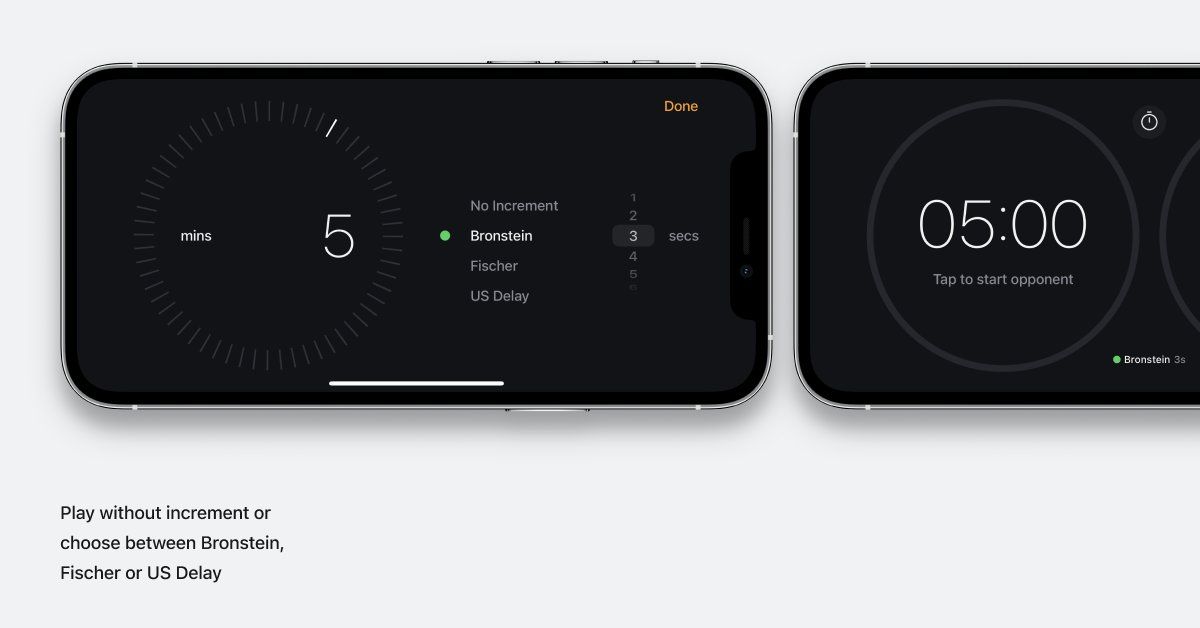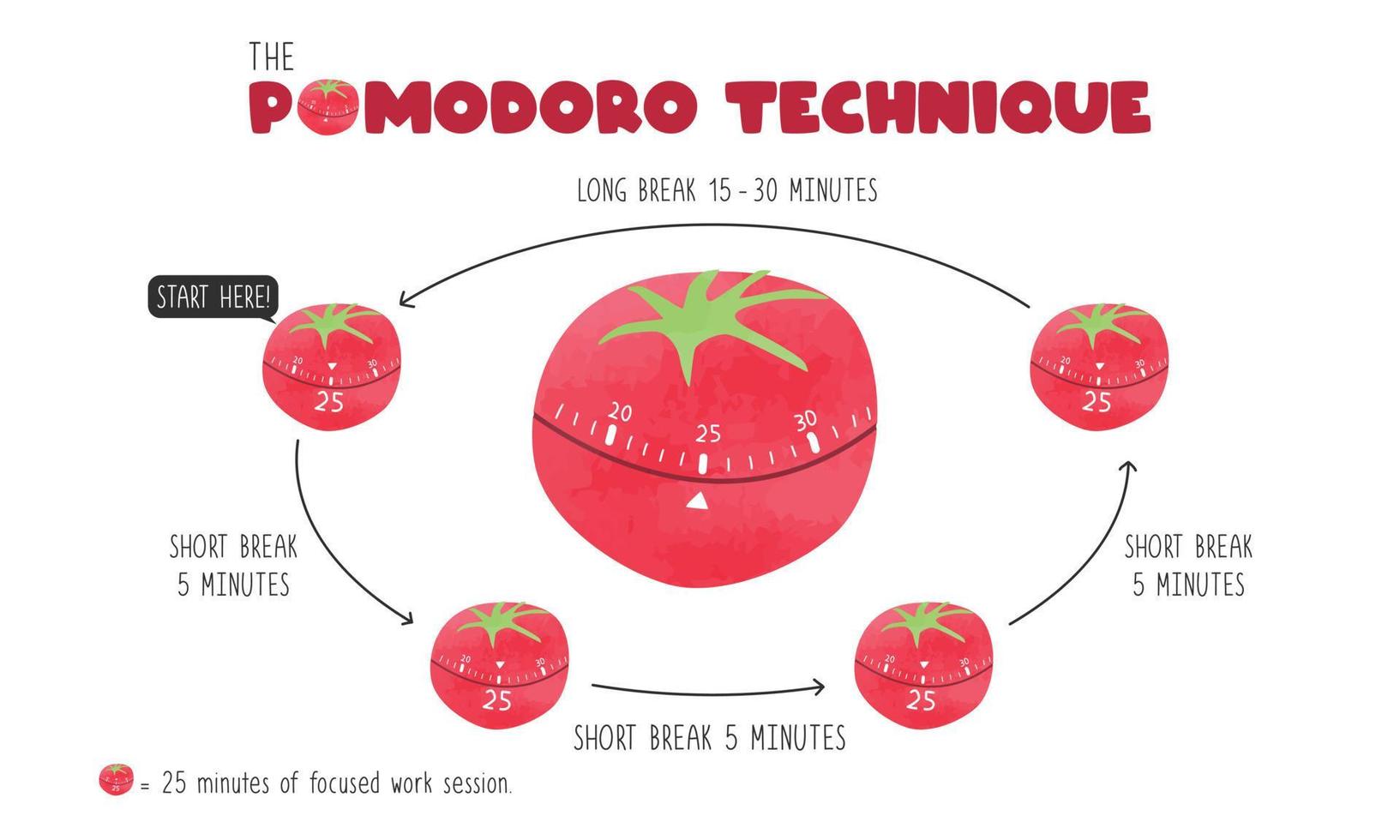A superior alternative to the Pomodoro technique [#10]
Why I hate the Pomodoro technique – and the benefits of a method that I call ‘70-20 CC’.
![A superior alternative to the Pomodoro technique [#10]](/content/images/size/w1200/2023/06/pexels-cottonbro-studio-8427392.jpg)
I've used the Pomodoro technique for several years now, and I hate it.
That's because I've discovered a much better alternative – the 70-20 Chess Clock method, which I’ve shortened to 'the 70-20 CC method', or '70-20 CC'.
I’m going to cover:
- How 70-20 CC works
- Why 70-20 CC is better than the Pomodoro technique
- Additional notes on using 70-20 CC to its full potential
Let’s dive right in.
1. How 70-20 CC Works

First, download this chess clock app on the App Store. Setting up the app for 70-20 CC is incredibly easy — you only have to open the app, click the clock icon, and set the time to 70 minutes with no increment.
Here's a step-by-step process of how 70-20 CC works:
- One complete cycle of 70-20 CC takes 90 min.
- Whenever you begin working, start the clock on the left. When the left clock is running, you should always be working. Work for 70 min per cycle.
- Whenever you begin to take a break, start the clock on the right. When the right clock is running, you should always be taking a break. Take breaks for 20 min per cycle.
- Here's the key to 70-20 CC: you can choose to take a break (or begin working again) whenever you want. However, if the right clock ever hits 50 min (so 20 min have elapsed), you must start the clock on the left and work until the clock on the left runs out of time.
- You can split up your work time and break time however you'd like – ultimately, though, you should complete 70 min of work and 20 min of breaks in one complete cycle.
2. Why 70-20 CC > the Pomodoro technique

The image above is a great summary of how the Pomodoro technique works. If you want to learn more about the Pomodoro technique, read this article.
I've used the Pomodoro technique for a few years when I study at home, and while it's effective to some extent, I've found a few problems with it:
- The breaks are often inconvenient. If I have to take a break, I'm much more satisfied with myself if I fully complete one of my tasks. For example, if I have a task that takes 28 min, I can't accomplish that whole task in one Pomodoro – and that is incredibly infuriating.
- The Pomodoro schedule interrupts my natural flow state. I can focus for around 30-40 min before I feel my focus significantly waning. I could focus for longer, but the break doesn't let me do so. This, again, is very inconvenient, as the Pomodoro breaks simply aren't structured as I'd like.
The 70-20 CC method solves both of these problems. You can always choose when you want to switch from work to a break or vice versa.
3. How to Best Use 70-20 CC

App alternatives: If you don't want to use the Chess Clock app on the App Store, you can use this online timer or this one. I highly recommend the app on the App Store, though, since it's simple, clean, and has no ads.
Timing alternatives: If you only have 45 min of available time, you can modify 70-20 CC to 35-10 CC, where you spend 35 min working and 10 min taking breaks. If you feel that you don't need a whole 20 min of break time (for one full cycle), you can modify 70-20 CC to 75-15 CC.
4. Conclusion
- In the 70-20 CC method, you work for 70 min and take breaks for 20 min. You can choose to switch between working and taking breaks whenever you'd like.
- If you use the Pomodoro technique and if you're looking for a bit more flexibility, give the 70-20 CC method a try.
![I taught an elementary school chess club for two months [#62]](/content/images/size/w960/2024/06/le-vu-hf92uVYPGr0-unsplash-1.jpg)
![I scored 4/5 points at the 2023 ACC Summer Chess Championship! [#35]](/content/images/size/w960/2023/08/lisa-Sykhmys_L-A-unsplash-1.jpg)
![Why is chess so trendy? [#18]](/content/images/size/w960/2023/06/vd-photography-OFiT_4hrQRk-unsplash.jpg)
![How bullet chess and TikTok can both ruin your attention span [#16]](/content/images/size/w960/2023/06/visuals-i7xNLAWRl2I-unsplash.jpg)